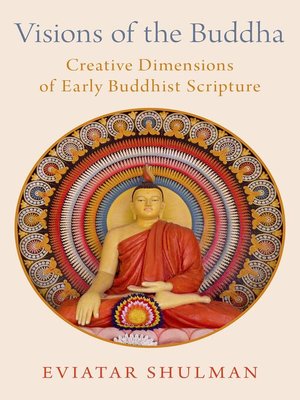
Sign up to save your library
With an OverDrive account, you can save your favorite libraries for at-a-glance information about availability. Find out more about OverDrive accounts.
Find this title in Libby, the library reading app by OverDrive.



Search for a digital library with this title
Title found at these libraries:
| Loading... |
Visions of the Buddha offers a ground-breaking approach to the nature of the early discourses of the Buddha, the most foundational scriptures of Buddhist religion. Although the early discourses are commonly considered to be attempts to preserve the Buddha's teachings, Shulman demonstrates that these texts are full of creativity, and that their main aim is to beautify the image of the wonderous Buddha. While the texts surely care for the early teachings and for the Buddha's philosophy or his guidelines for meditation, and while at times they may relate real historical events, they are no less interested in telling good stories, in re-working folkloric materials, and in the visionary contemplation of the Buddha in order to sense his unique presence. The texts can thus be, at times, a type of meditation. Eviatar Shulman frames the early discourses as literary masterpieces that helped Buddhism achieve the wonderful success it has obtained. Much of the discourses' masterful storytelling was achieved through a technique of composition defined here as the play of formulas. In the oral literature of early Buddhism, texts were composed of formulas, which are repeated within and between texts. Shulman argues that the formulas are the real texts of Buddhism, and are primary to full discourses. Shaping texts through the play of formulas balances conservative and innovative tendencies within the tradition, making room for creativity within accepted forms and patterns. The texts we find today are thus versions—remnants—chosen by history of a much more vibrant and dynamic creative process.






